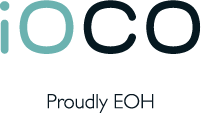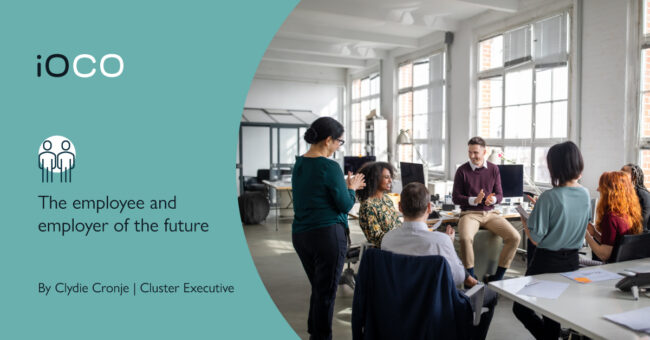The future of work is likely to be characterised by a hybrid workforce model, rather than a completely remote or mobile way of working. Companies need to shift focus from worker location to value-based productivity.
The Employee and Employer of the Future
The Covid-19 pandemic has shown how adaptable and resilient we are. We adopted new ways of work when we were not allowed to go into the office, and in many instances, we have been working and deliveringmore efficiently and productively than we did before.
Presence vs productivity
There has long been a tension between the need for management to monitor work hours and the productivity losses that occur when employees stretch work out to fit into the time they’re required to be in the office. The perspective of many employers has been one of “if I can’t see you, you’re not working”. This model, which started changing at least a decade ago, is now outdated thanks to digital transformation and the ability to work from anywhere at any time.
Study upon study has revealed that productivity increases when the focus shifts from the amount of time spent working to one where success is based on output and value, regardless of time.
Thus, our measures of success need to be output-driven, and measured according to return on investment, rather than time spent working. Integrating work and home life will continue to be a strong trend into future and having more than one employer will become the norm rather than the exception.
The modern digital roaming office
With the advent of technologies like the Internet and cloud computing, the idea of work being based in a specific location has lost much of its practical meaning. In these days of mobile apps, VPNs, and unified communications, work tasks can be performed from anywhere in the world, just as easily as they can be from a fixed office location. This opens up many new avenues, with accompanying challenges. We will face many inherent issues like tax laws, international money movement regulations, governance and compliance challenges and so on, but the possibilities are endless. Employers can have a “follow the sun” workforce and become true 24/7 operations, always available to instantly serve clients anywhere in the world.
Furthermore, each individual’s “office” in the future world of work will simply be a set of personalised digital instructions that are automatically sent to whichever location the person is in. Using zero touch technology, personalised computer desktops will be instantly recreated, along with all software and settings, user permissions and so on. The individual’s room lighting and air-conditioning preferences can also be customised this way.
As soon as the employee leaves the room, the workspace returns to a blank slate state, ready to adapt to the next person who uses it. This effectively means that we will take our offices with us wherever we go. Or, as the phrase goes, people will no longer go to work – work will come to where people are.
The hybrid workforce model
While this future world of work sounds so much more convenient and productive there is no need to take an all or nothing approach . In fact, not all types of employees cope equally well with remote working. Microsoft’s 2021 Work Trend Index revealed that more senior staff members do better than younger or new employees, and frontline workers.
Generally, people still have a need to be social and to have face-to-face contact in their work environment. The most likely future model of work will thus be a hybrid one, containing a mixture of people who work on-site, either by choice or due to the nature of their jobs, and those who work remotely.
Managing a remote workforce is not smooth sailing . Bandwidth infrastructure must be robust enough to handle connectivity demands, remote application performance, cloud storage and version control, productivity management and reporting, and not least, security. These challenges all exist in the traditional physical working environment, but they are amplified with a distributed remote workforce. Smart digital solutions with intelligent self-service functionality and automation are therefore required to implement everything efficiently and cost-effectively.
An integrated work platform for intelligent workforce management
A business and workflow platform that allows integrated management of core business processes in real time is needed. Such platforms, like iOCO’s GetSpace app, can integrate employee on-boarding processes, manage payroll systems, service desk apps, collaboration platforms, UC and more. The entire business operation is handled through a single back-end interface, significantly reducing the burden on the IT department.
This will result in employees having a seamless and convenient single point of contact and being able to work more efficiently. Behind-the-scenes automation can control everything, with all workplace systems integrated, processes rationalised, and work duplication or redundancy removed. This results in happier, more productive employees, with accompanying cost reductions.
By Clydie Cronje
iOCO Cluster Executive

